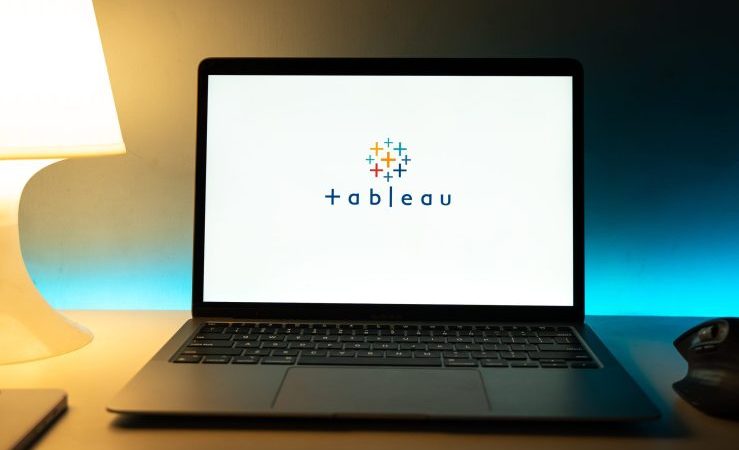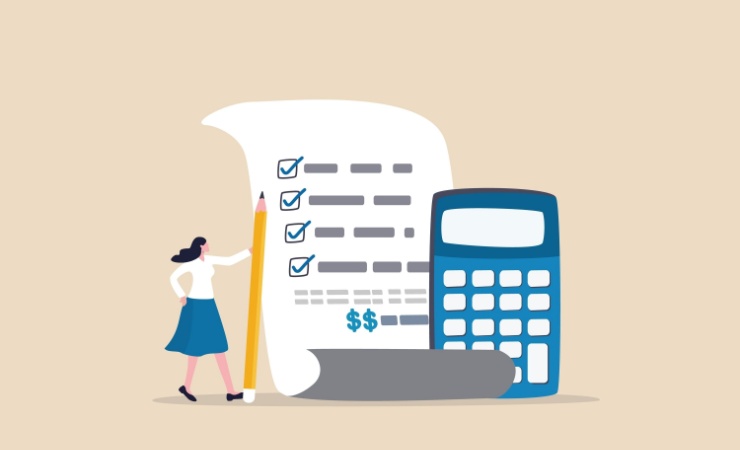Learning a new skill takes time and effort and Tableau is no exception to that rule. In this blog, I hope to give you some ideas on how to learn and practice Tableau, a leading analytics and BI tool. We’ll look at some useful resources and I’ll share my own experiences and strategies for learning.
Resources to Watch
On-Demand Videos
Tableau On-Demand videos are an excellent starting place for learning a new Tableau concept or skill. They have videos from the basics, such as connecting to data, to more advanced topics such as Table Calculations and Level of Detail expressions. I recommend starting with videos when you are learning about a concept for the first time.
Live Online Training
In contrast to the On-Demand videos, which are pre-recorded, the Live Online Trainings are live training sessions, so you will want to register in-advance and add it to your calendar. The webinars cover a specific topic and are fairly similar to the on-demand videos. The biggest difference is you can ask the staff at Tableau questions in real-time and they are usually quick to answer.
Resources for Practice
Tableau MakeOverMonday
Nothing improves a skill like practice. The phrase practice, practice, practice is not without merit. Learning Tableau takes practice, but practice doesn’t have to be dull! MakeOverMonday is one of my favorite ways to practice and refine my Tableau knowledge. Every week, the good folks at MakeOverMonday post a new data set and a chart that is to be redesigned. You can share your redesign with others, receive feedback from experts, and browse redesigns by other users. Many of the redesigns are shared on Tableau Public, so you can learn how someone made that neat dashboard.
Tableau Public
Tableau Public is often described as the YouTube of visual analytics. On Tableau Public, you’re able to share your Tableau creations with the world. It’s free to download the Tableau Public desktop client. Once you download the client, you can connect to data flat files like excel and text files and start visualizing data! The zero cost makes it easy for anyone to jump in to Tableau and start vizzing! Anything you create in the Tableau Public client must be saved to Tableau Public, and will thus be accessible to the greater internet–so don’t connect to any data that you don’t want to make public! An effective way to learn using Tableau Public is to find vizzes that you like, download them, and practice rebuilding the viz on your own. You’ll be a viz-whiz in no time!
Resources to Read
Tableau Community Forums
You’ll find that there is a large and active community of users that use Tableau and are enthusiastic about helping others. The Tableau Community Forum is a great place to ask questions, learn tips and tricks, and help others. If you want to challenge yourself and practice your skills, try to answer a user submitted question on your own. If you get stuck, you can always wait for another user to respond.
Tableau Whitepapers
Authored by Tableau Zen Masters, Tableau staff, and other Tableau experts, whitepapers are written on a myriad of subjects from visual best practices to overall trends in Business Intelligence. They are a great resource if you’re looking for conceptual, high-level information regarding Tableau, visualizations, and business intelligence–rather than specific How-to information.
Tableau Blogs
Some of the best resources on Tableau are published by the Tableau community. There are so many blogs about Tableau and data visualization that you will find it difficult to read them all. The sheer number of blogs speaks to the passion of the Tableau community. Check out the many Tableau blogs and find a writer that you enjoy. If you like what you see, don’t forget to subscribe to or bookmark the blog! Here’s a Tableau-curated list of the Top 10 Blogs on Tableau and Data Visualization to get you started.
Resources to Attend
Tableau User Group
Want to meet other people who are excited about Tableau? If you like in-person meetups, you’ll want to sign up for the Tableau User Group. You can discuss Tableau with other users in your area. In some areas, events may be held fairly infrequently, so you’ll want to sign up as soon as one is announced. You may also decide to become a user group leader and start organizing your own meetups and events.
Tableau Conference
The Tableau Conference is a week long experience, and an amazing one at that. You can learn basic to advanced skills in hands-on sessions, hear from customer speakers in your industry, watch the developers announce new and upcoming features, listen to keynote presentations relating to data and science, and party with thousands of your fellow data-nerds. It’s a great value–even considering the training and networking opportunities alone. The conference is held once a year in the US–the 2018 Tableau Conference will be held in New Orleans in October.
Learning Strategies
Anytime you need to learn or review a concept, watch the On-Demand video on that concept.
Need to an introduction to Tableau Prep? There’s an On-Demand video for that.
Need a refresher to Level of Detail expressions? Skim the video.
To further drive the information into your brain: download the accompanying sample workbook and practice what you watched, or follow along with the video. The links to the sample workbooks are usually just below the video and will appear once the video begins playing.
Use Google, a lot
Want to know why that Table Calculation is doing that? How to build a hexagon heatmap? How to sort within a partition?
For any question you may have there’s a good chance that someone has already asked your question and, if you’re lucky, the answer is documented as well. So don’t be afraid to search the web for your question.
Experiment in Tableau
Sometimes the best way to learn is to get off the guided rails and blaze your own path. Try something new, challenge yourself, struggle, fail or succeed, and learn.
When working with data, ask a novel question and challenge yourself to answer it. Make it a game for yourself. For example, ask yourself,
“I wonder if I can find the Top 10 Customers, then create a purchase history for those top customers,”
maybe take it further with,
“Now, let’s try to allow the user to change it from Top 10 or Top 20 or Top 30 with a parameter.”
You’ll find that experimentation feels natural in Tableau and can lead to interesting discoveries within your data.
Use Data that Interests You
Don’t have your own data? Find a dashboard you like on Tableau Public, take it apart and put it back together. Try to improve the dashboard, or try asking new questions with the data set.
Or maybe extract some data from your health tracking device, your social media page, or your website. Using data that is interesting in you can be a big boost to your motivation to learn and experiment.
Join the Tableau Community
It’s more fun to learn with others, and what better way than to participate in the Tableau community. Try your hand at answering questions on the Community Forums, participate in MakeOverMonday, or attend a Tableau User Group meeting in your area. Who knows? Maybe you’ll make some new friends along the way!








